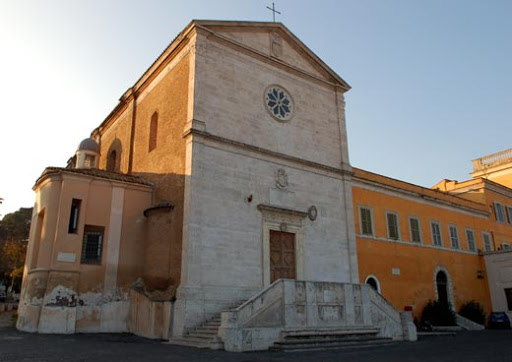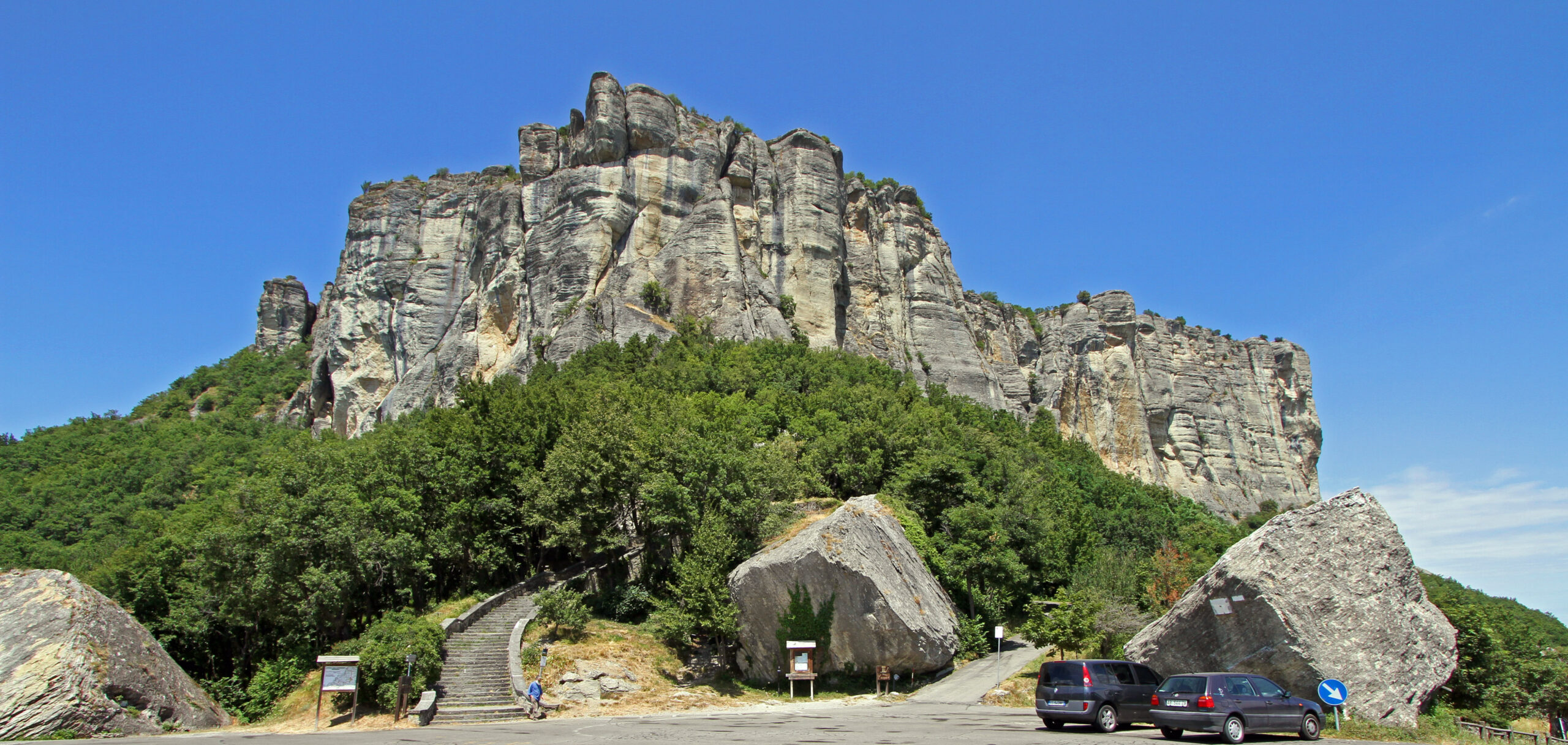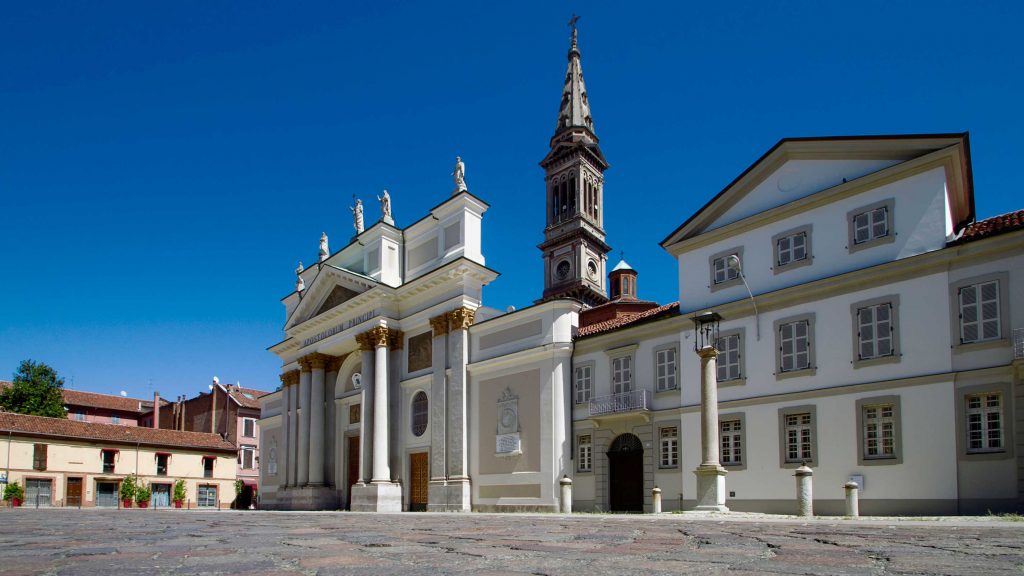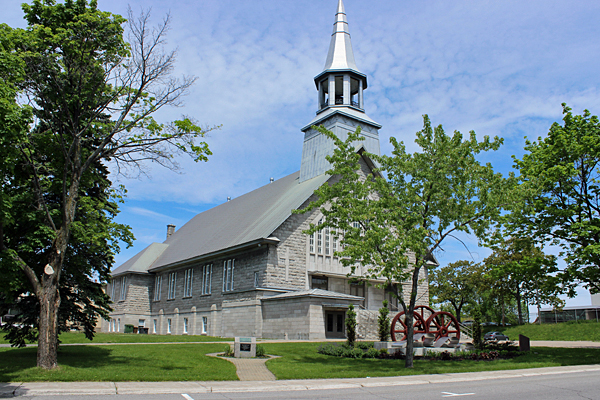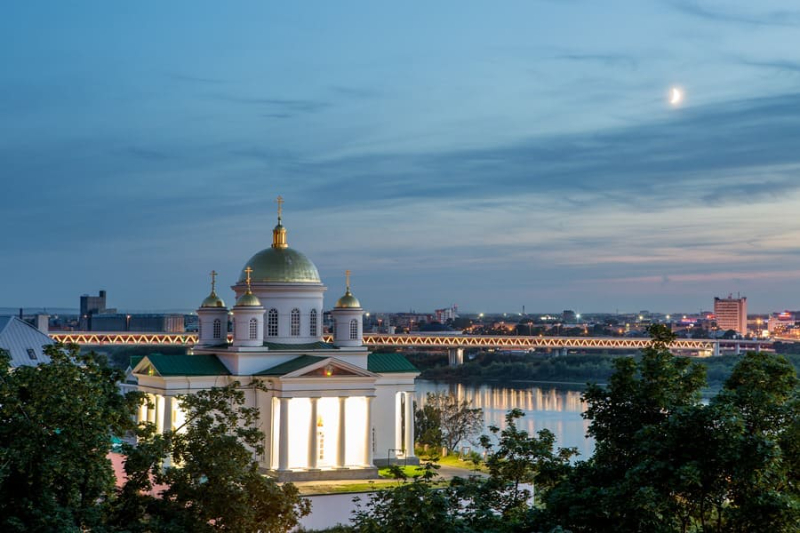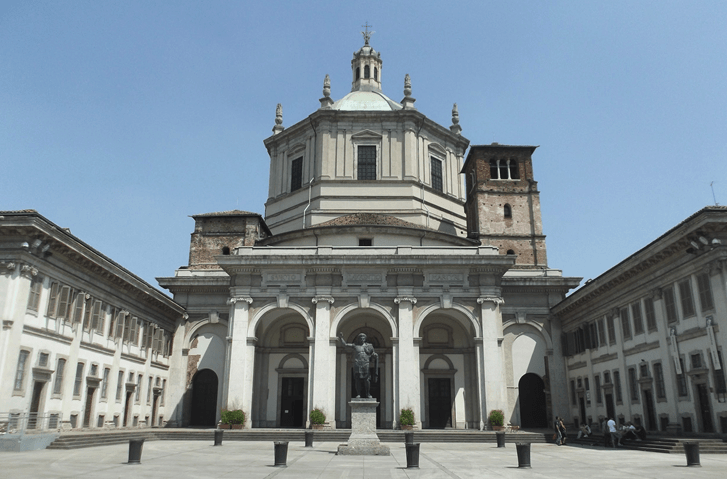In the site where St. Peter is said to have been crucified, the existence of a monastery is already mentioned in the first half of the 9th century. In 1472 the completely dilapidated buildings were restored, the convent expanded and the old church demolished. The project of the new one is attributed by some to Baccio Pontelli, by others to Meo del Caprino. In 1876 the convent was ceded by the Savoy State to Spain, to which it still belongs, and by the latter it was destined to be the seat of the Royal Academy of Spain in Rome. The Church is embellished with artistic masterpieces of the 16th and 17th centuries. The first chapel on the right contains the Flagellation and Transfiguration by Sebastiano del Piombo; the second has a fresco attributed to Pomarancio, some frescoes by the school of Pinturicchio and an allegorical sibyl attributed to Baldassarre Peruzzi. The Monte chapel and the previous one contain frescoes by Giorgio Vasari. The altar is attributed to Giulio Mazzoni, while the funerary monuments of Cardinal del Monte and Roberto Nobili are by Bartolomeo Ammannati. In the first courtyard of the convent there is the so-called Tempietto del Bramante, dating back to the early 16th century and considered by critics to be one of the most significant examples of Renaissance architecture. It is a small, elevated and peripteral celebratory monument dedicated to the martyrdom of St. Peter. The small temple has a cylindrical body excavated by lightening niches and surrounded by a Tuscan colonnade.
